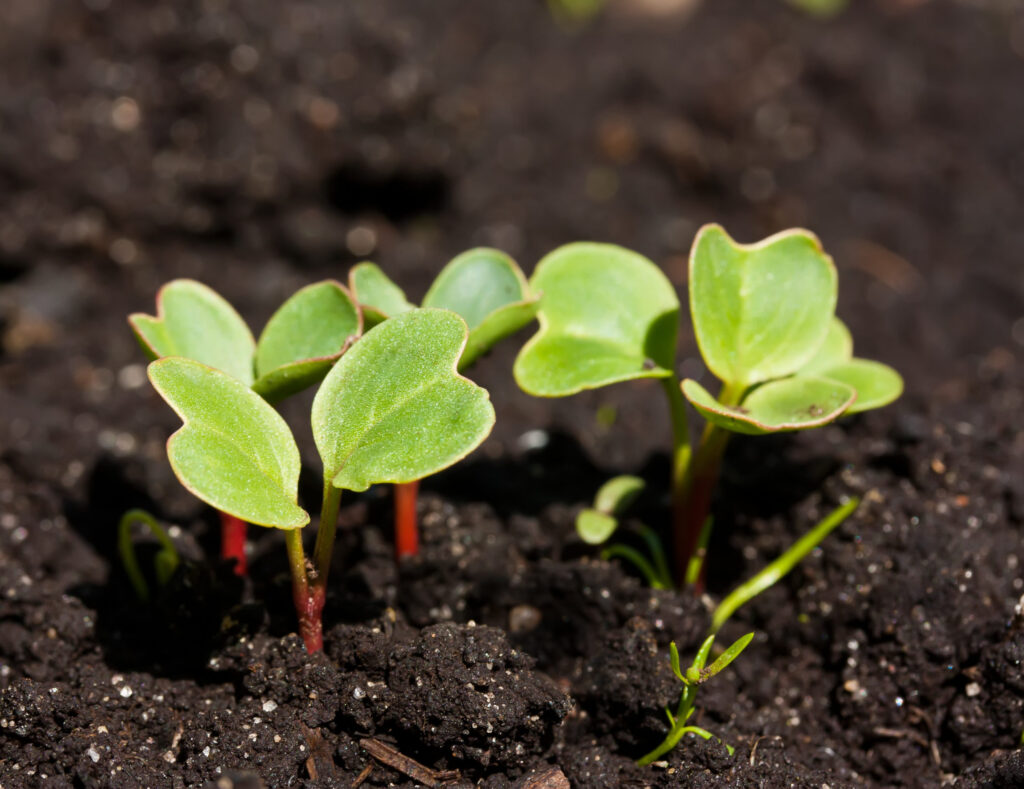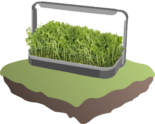Table of Contents
ToggleGrowing Radishes: A 2023 Guide
Radishes are small, sharp, peppery root vegetables that have been prized in many cultures for centuries. Known for their pungent flavor, these crunchy roots have become a culinary favorite in salads, pickles and as a crunchy garnish. Their history goes back to ancient Egypt, and today they are part of gardens and kitchens all over the world.

Description of Radishes
Radishes are small, sharp, peppery root vegetables that have been prized in many cultures for centuries. Known for their pungent flavor, these crunchy roots have become a culinary favorite in salads, pickles and as a crunchy garnish. Their history goes back to ancient Egypt, and today they are part of gardens and kitchens all over the world.
Selection of Seeds
When it comes to growing radishes, it all starts with choosing the right seeds. It is important to choose seeds from a reliable supplier to ensure a good harvest. High quality seeds produce stronger plants and a better yield. It is recommended to check the seed packets for information on varieties, sowing times and expected harvest time.
Preparation of Soil
Radishes thrive best in a well-drained, sandy loam soil with a neutral to slightly acidic pH (6.0 to 7.0). To improve soil structure, compost and well-rotted manure can be incorporated into the soil before planting. These organic materials improve soil fertility and drainage, giving the radishes the best conditions for growth.
Sowing Seeds
The best time to sow radish seeds is in early spring or fall when temperatures are cool. The seeds should be sown at a depth of 1/2 to 1 inch with about 1 inch spacing between seeds. This gives room for the radishes to grow and develop without hindrance.
Watering and Humidity
Regular watering is the key to healthy radishes. It is important to keep the soil moist but not wet. Overwatering or underwatering can lead to cracked or stringy radishes. A layer of mulch can help retain soil moisture and prevent weeds.
Light and temperature requirements
Radishes require plenty of sunlight – at least 6 to 8 hours a day. They thrive best at temperatures between 50 and 65 degrees Fahrenheit (10-18 degrees Celsius). Too hot temperatures can cause radishes to become tough and bitter.
Fertilizer and Nutrients
A balanced fertilizer rich in phosphorus and potassium is ideal for radishes. These nutrients promote root growth and overall plant health. A light application of fertilizer at planting, followed by another application midway through the growing season, is often sufficient.
Pests and Diseases
Radishes are susceptible to a number of pests and diseases, including root maggots, slugs, and leaf spot. Preventative measures such as crop rotation and proper watering can help keep pests and diseases at bay. If infections occur, natural or chemical pesticides can be used.
Harvest and Storage
Radishes are usually ready for harvest 3-4 weeks after sowing. They should be harvested when they are about 1 inch in diameter, but before they become too large and stringy. To store fresh radishes, cut off the tops and roots and store in an airtight container in the refrigerator.
Year-round cultivation
With a little extra effort, radishes can be grown all year round. Indoor cultivation under grow lights or in a heated greenhouse allows for winter cultivation. Choose varieties suitable for the specific climate and conditions to achieve the best results.
Recipes and Uses
Radishes are incredibly versatile and can be used in a wide variety of culinary applications. They can be eaten raw, pickled, roasted or even cooked. Here are a few recipe ideas:
Radish Salad:
Cut radishes into thin slices and mix them with fresh herbs, olive oil and lemon juice.
Pickled Radishes:
Pickle radishes with vinegar, sugar, and spices for a tangy, crunchy addition to sandwiches or salads.
Roasted Radishes:
Cut radishes in half, drizzle with olive oil, salt, and pepper, and roast them in the oven until golden and tender.
Growing radishes from seed is a simple and rewarding process that requires minimal equipment and effort. By following the basic steps and recommendations for sowing, soil preparation, and pest control, garden enthusiasts can enjoy fresh, crunchy radishes from their own backyard. Radishes not only offer a unique taste and texture to meals, but also a number of health benefits. So whether you're an experienced gardener or a beginner, try growing radishes and discover the joy of growing your own food.
